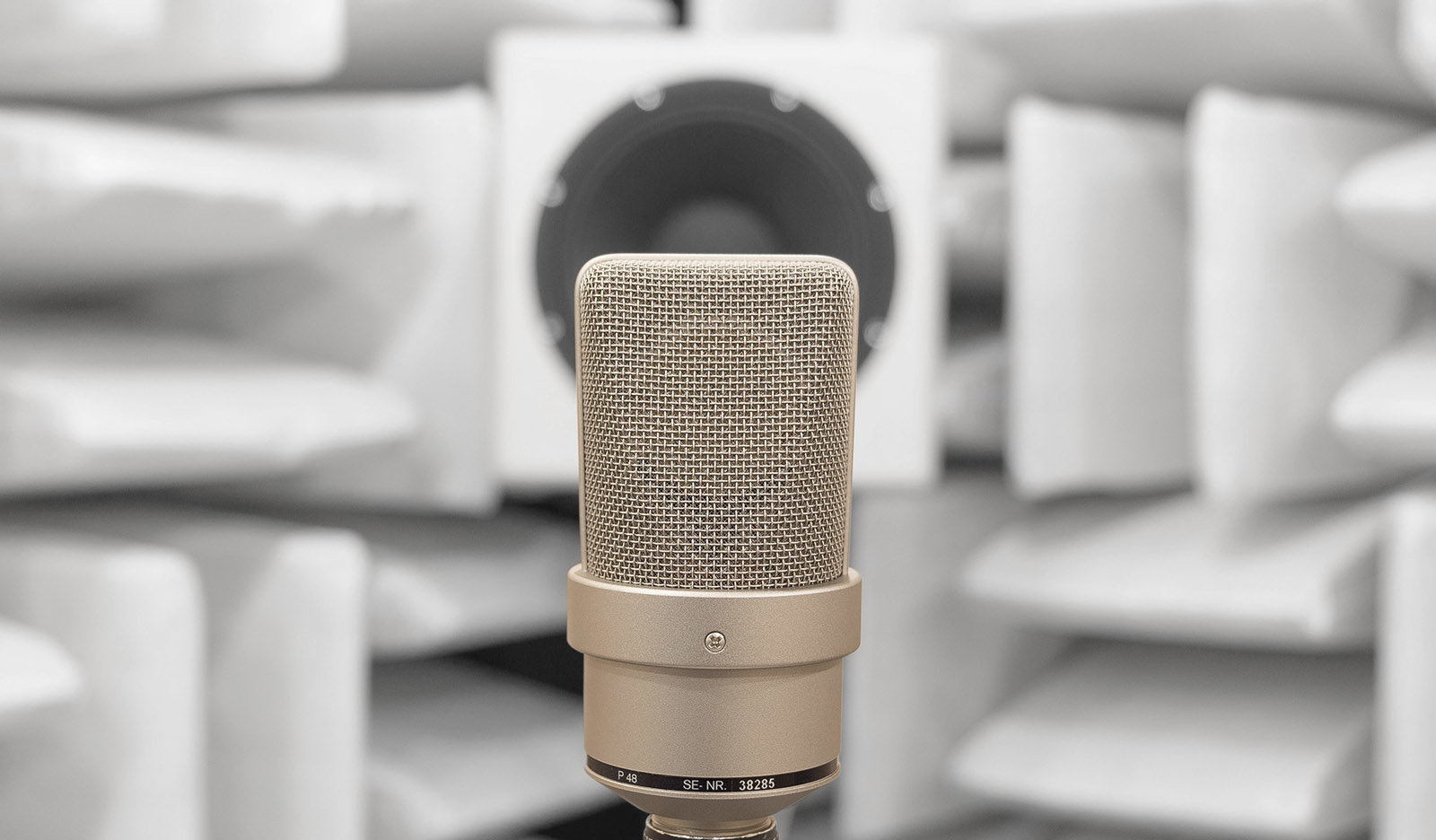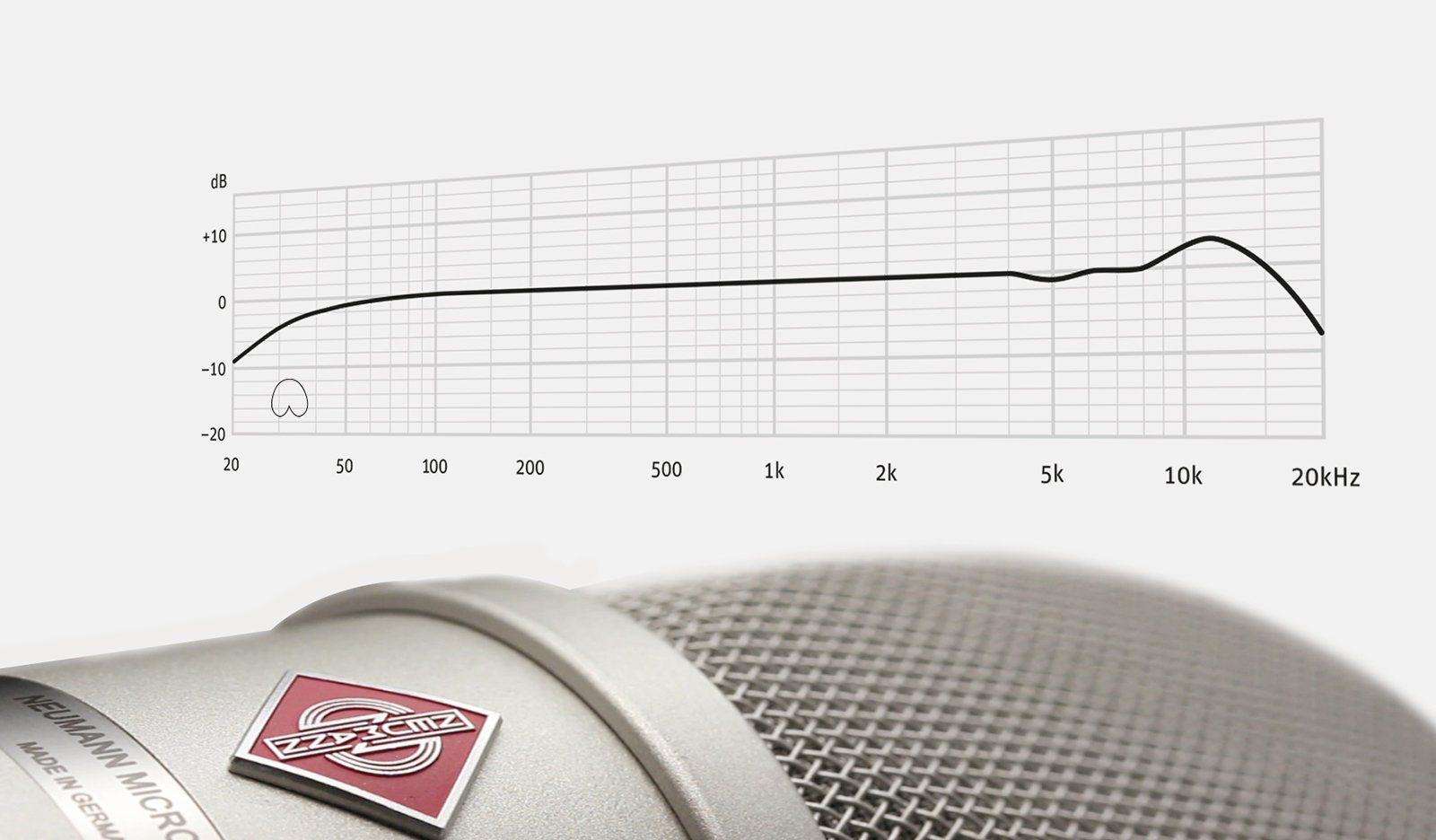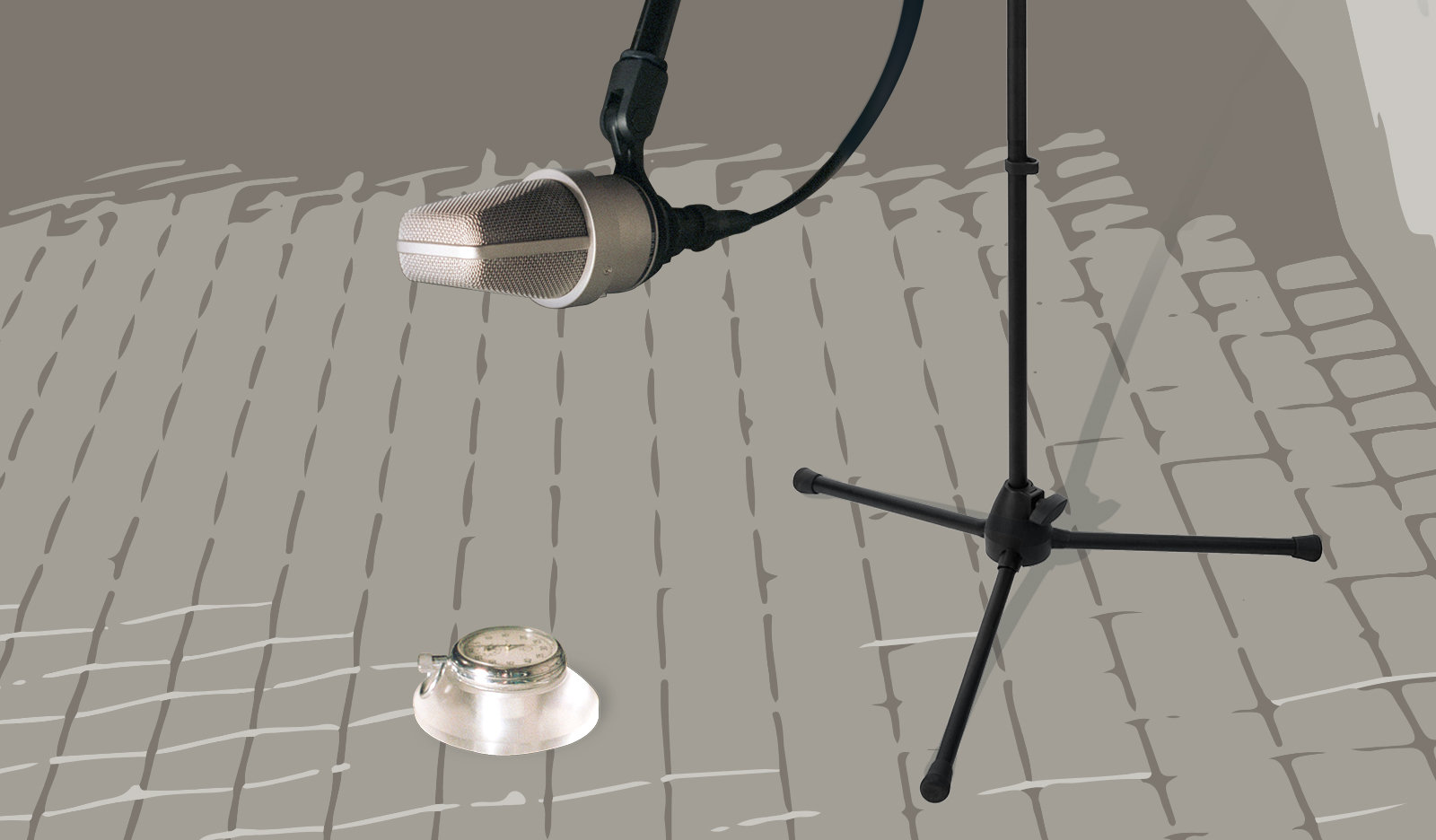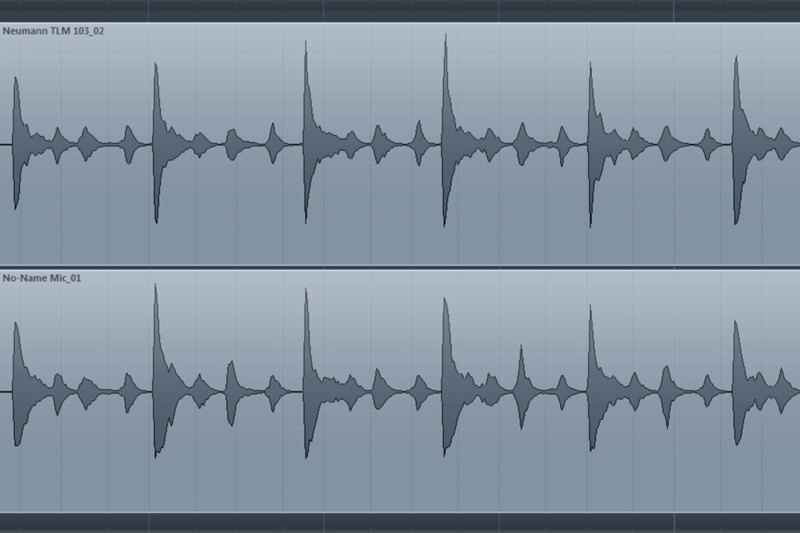WHAT DOES MAXIMUM SOUND PRESSURE LEVEL (MAX. SPL) MEAN?
There is some confusion as to what “max SPL” means. Some people believe this is the maximum sound pressure level the respective microphone can withstand without breaking. That’s a misconception! It’s merely the maximum sound pressure level this mic can take without distorting.
HOW MUCH DISTORTION?
Basically, the max SPL figure in the data sheet tells you how much level, how much volume a mic can take before it begins to distort audibly. But what is audible distortion?
Traditionally, the threshold has been a total harmonic distortion (THD) of only 0.5%. That’s just the onset of distortion and barely audible in many cases. But when microphone technology emerged, its main focus was broadcast. Broadcasters want clean sound. Also, Rock & Roll wasn’t even invented! Many of the “younger” manufacturers measure at 1% THD, which results in (seemingly!) better max SPL figures.
In the old days, condenser mics were fairly limited in terms of SPL handling. Many older models barely reached a maximum SPL of 120 dB, but many newer models can handle enormous levels without distorting. The Neumann TLM 102, for instance, can take as much as 144 dB SPL! That’s a lot louder than anything you’ll ever record in your home studio.
SOUND SAMPLE
- Clean sound with the Neumann TLM 103
- With the no-name mic, the same tambourine hits sound „dirty“
SHOULD YOU CARE?
As long as you don’t record drums, your mic’s maximum sound pressure level is rarely an issue. You may run into trouble with certain percussion instruments, though. A tambourine, for instance, is a lot louder than one would assume; at short distances it can easily reach SPLs of more than 120 dB. That’s not a problem for modern condensers such as Neumann’s TLM range, but many older or “vintage” condensers will likely distort. So do many entry-level condenser mics!
Except for ribbon mics, dynamic microphones rarely come with a max SPL specification. Even though their SPL handling capability is not without limits, either, it rarely poses a problem in real life. However, it can become an issue with older models due to aging effects.
SUMMARY
As a home studio owner, you usually have to deal with angry neighbors, before you have to worry about your mic’s maximum SPL capabilities. Exceptions are instruments that only produce very short peaks or contain little low frequency information such as certain percussion instruments (such as tambourine or triangle). If you do notice distortion in your recordings, it’s often not the mic but your preamp or your AD-converter that clips.

Microphone Data (1)
What is the Difference Between Measuring and Listening?

Microphone Data (2)
How does Frequency Response Relate to Sound?

Microphone Data (3)
What is Self-Noise?

